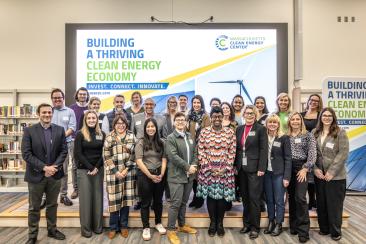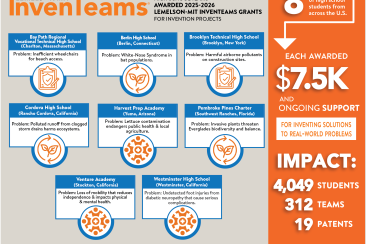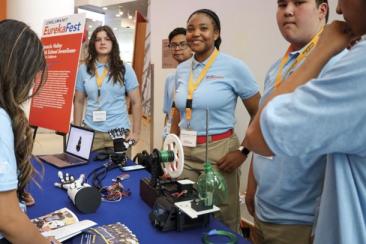2014 National Collegiate Student Prize Winners Announced
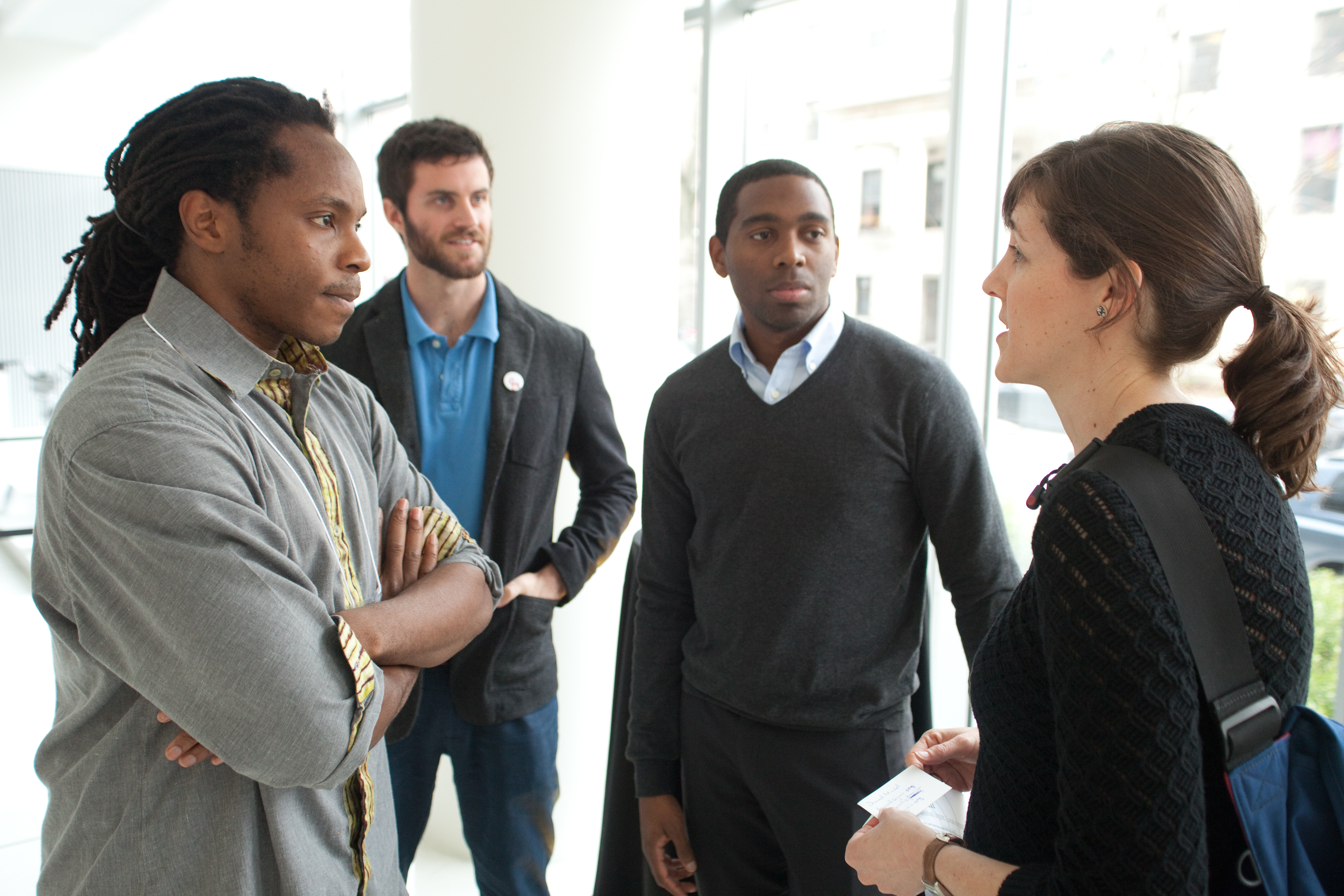
Winners of the Lemelson-MIT National Collegiate Student Prize Competition announced after nationwide search.
CAMBRIDGE, Mass. (April 9, 2014) – The Lemelson-MIT Program today announced winners of the Lemelson-MIT National Collegiate Student Prize Competition (NCSPC), a nationwide search for the most inventive undergraduate and graduate students. The Lemelson-MIT Program awarded $50,000 in prizes, with winning undergraduate teams receiving $10,000 in two categories and graduate student winners receiving $15,000 in two categories. The winners of this year’s competition were selected from a diverse and highly competitive applicant pool of students spanning 26 schools across the country.
“The national expansion of the Lemelson-MIT National Collegiate Student Prize Competition revealed world-changing ideas from inventive and entrepreneurial students across the country,” said Joshua Schuler, executive director of the Lemelson-MIT Program. “This competition celebrates students who are translating research discoveries into ground breaking inventions, and fostering creative and inventive thinking among youth. This year’s winners are at the forefront of technological invention in healthcare and consumer devices.”
2014 Prize Winners & Categories
The “Cure it!” Lemelson-MIT Student Prize
“Cure it!” rewards students working on technology-based inventions that can improve healthcare
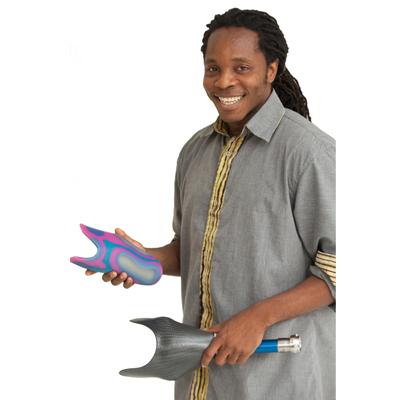
- David Sengeh, MIT, $15,000 Lemelson-MIT “Cure it!” Graduate Winner: David Sengeh is designing the next-generation of wearable, mechanical interfaces that improve comfort and mobility for amputees. His approach, which uses quantitative and human data, merges magnetic resonance imaging (MRI) and 3D printing resulting in customized prosthetic interfaces that reduce socket pressure on the human body. These prototypes have been tested by veterans and other patients, including amputees from the Boston Marathon bombings.
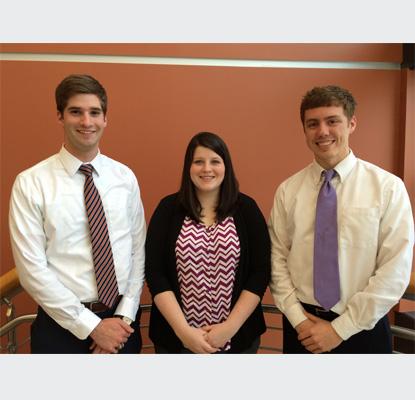
- Tyler Ovington (Team lead), Clemson University, $10,000 Lemelson-MIT “Cure it!” Undergraduate Team Winner: The Clemson Bioengineering team is developing GlucoSense, a low-cost glucometer and strip system for diabetics in resource-poor settings. The test strips are printed using a standard inkjet printer, allowing for local manufacturing and reduced prices. GlucoSense has the potential to improve quality of life and lower disease complication rates in large patient populations where standard monitoring systems are difficult to obtain. Additional team members include Alex Devon and Kayla Gainey. The team was mentored by Dr. Delphine Dean and Dr. John DesJardins and financially supported by Clemson’s Creative Inquiry Program.
The “Use it!” Lemelson-MIT Student Prize
“Use it!” rewards students working on technology-based inventions that can improve consumer devices and tools.

- Ben Peters, MIT, $15,000 Lemelson-MIT “Use it!” Graduate Winner: Ben Peters has invented critical technology that enables the production of a new breed of machine tool: a high resolution, reconfigurable molding surface. Similar to a desktop pin-impression toy, Ben’s reconfigurable molding surface combines the high production rate of injection molding with the custom reconfigurability of a 3D printer. This “digital mold” has a technological potential to be a fast and flexible industrial fabrication tool used in commercial manufacturing, prototyping and the emerging market of do-it-yourself personalized fabrication.
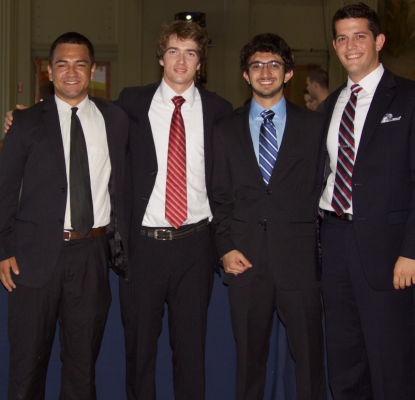
- Christopher Haid (Team lead), MIT, $10,000 Lemelson-MIT “Use it!” Undergraduate Team Winner: The MIT team is creating a 3D printer designed for the classroom. The automated, easy-to-use cloud interface and remote monitoring capabilities allow teachers and high school students to print continuously from any device. The team’s invention, commercialized by their company NVBots, gives students the ability to turn their virtual designs into physical objects. Additional team members include Mateo Pena Doll, AJ Perez and Forrest Pieper.
Applicants were evaluated by screening committees with expertise in the inventive categories as well as a national judging panel of industry leaders – who also selects the annual $500,000 Lemelson-MIT Prize winner – from a variety of inventive disciplines. Screeners and judges assessed candidates on breadth and depth of inventiveness and creativity; potential for societal benefit and economic commercial success; and experience and ability to serve as a role-model for youth.
The competition, supported by The Lemelson Foundation, builds on the legacy of the Lemelson-MIT Collegiate Student Prize, which has served as a springboard for collegiate inventors for twenty years.
“We congratulate all of the Student Prize winners for their brilliance and practical approaches to advancements in each of their fields,” said Dorothy Lemelson, chair of the Lemelson Foundation. “My husband, Jerry, would have been thrilled that the competition has a national reach, so that more young inventors can be inspired and encouraged.”
The Lemelson-MIT Program is seeking partners with interest in sponsoring the “Cure it!” and “Use it!” categories, in addition to supporting the execution and scaling of the National Collegiate Student Prize Competition into new categories.


